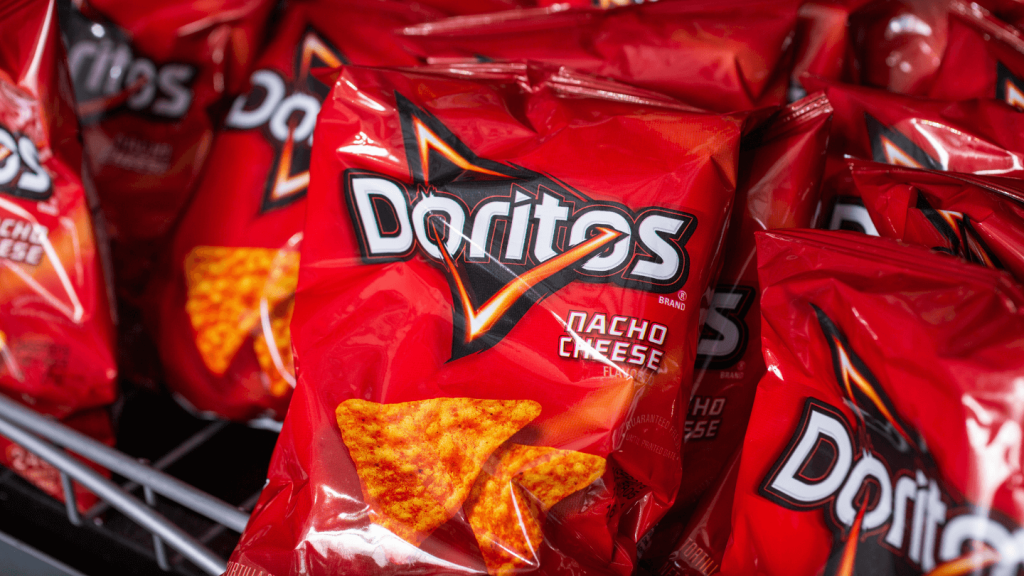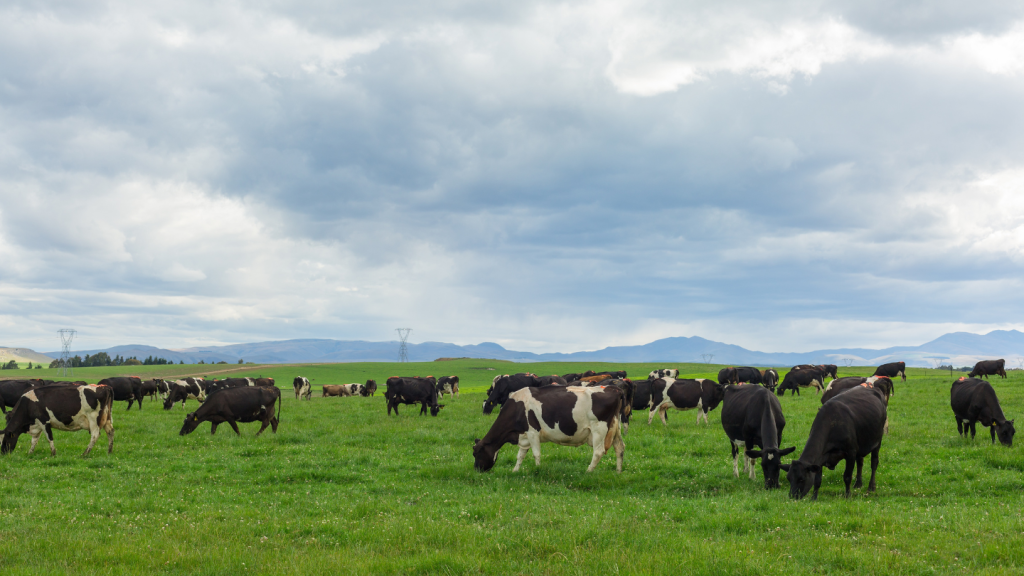
Food manufacturers have been confronted with the meteoric rise of the e-commerce channel in the UK. A rude awakening awaits those that tackle the online challenge with a bricks-and-mortar mentality, Andrew Don suggests.
The growth of online retail has been a key trend in the UK food sector and e-commerce revenues are expected to continue to grow over the next five years. Food industry analysts IGD predict online sales will more than double in value to GBP17bn (US$29.1bn) by 2019 – representing 8% of the total GBP203bn UK market.
Food manufacturers tell IGD they have made several changes to supply chains to adapt to online retailing. These include offering differing case sizes for various formats – larger for dark stores; order capture and processing to meet the times and frequencies of retailers’ orders; and storage and order assembly – how orders are delivered to retailers, differing pallets and trays by channel.
However, it would seem that the rapidly changing face of online sales has left some suppliers struggling to understand and meet the needs of the digital retailing channel.
Derek Eccleston, commercial director at eDigitalResearch, says: “The general feeling among big supermarkets is that FMCG suppliers do not understand the online market.”
Some of the fault might lie with retailers. Richard Jones, IGD senior business analyst, says the online market is moving so fast that retailers are highly focused on adapting themselves “so they find it a challenge to give suppliers sufficient clarity on how to adapt”.
How well do you really know your competitors?
Access the most comprehensive Company Profiles on the market, powered by GlobalData. Save hours of research. Gain competitive edge.

Thank you!
Your download email will arrive shortly
Not ready to buy yet? Download a free sample
We are confident about the unique quality of our Company Profiles. However, we want you to make the most beneficial decision for your business, so we offer a free sample that you can download by submitting the below form
By GlobalDataJones says retailers are prioritising adapting their supply chains to the needs of multichannel and suppliers do not recognise this importance to the same extent.
Chris Stott, KPMG’s head of food and drink, says the problem for manufacturers adapting to online retailers’ requirements is that it is still only a small proportion of the end market.
“You can’t ignore it but you have to be very careful about how you supply it.” He says if manufacturers change their model they have to be careful not to build in complexity and cost.
But Lawrence Hene, director of marketing and grocery retail at online retailer Ocado, stresses suppliers that sit back will miss out on a great chunk of industry growth.
Hene suggests suppliers should look at the logistics and the supply chain through to how they trade and merchandise when targeting the online market.
“At the basic level if you think about shelf-ready packaging, that is a complete waste of time and money for the manufacturer and the retailer.
“They spend the time and money putting it on the product and we spend time and money putting it in the bin and no shopper ever sees it. You need to think of different dynamics of the channel.”
Keeping in-stock is far more important in virtual shops than in physical shops: customers choose another product if what they want is out of stock in a physical store.
“Online you are letting customers down because they might be given a substitute,” Hene explains.
This is why Ocado shows when a product is out of stock so customers can choose to buy an alternative. But this process impacts future search rankings.
“Next time [the consumer] searches for a product, the competitor’s product will be at the top of the page. The manufacturer has not only lost out on one sale but on many future sales.”
Hene continues: “You need to work on ways to help the shopper. You can’t rely on your packaging…the customer can’t see the difference between a large product and a small product. You have to think about the way you solve these problems. The way you solve them is to put on extra and dedicated resource.”
A level of “intellectual curiosity” is required from manufacturers, he says. “There’s no manual about how it’s been done for 20 years. Now it’s about being creative and the rules are being rewritten about how you trade and merchandise. If you just run with your traditional store plan you will be in trouble.” He adds that promotions also require a different mind-set.
Stuart Chapman, associate director at The Big Picture design firm, says: “Most food manufacturers are not prepared for this seismic shift in retail environment so their packaging designs are often poorly suited to an online context…the rules and design assumptions are fundamentally different, and brands may need to revisit their design strategies so they have an approach that can be adapted for online as well as work in a physical supermarket aisle.”
He says, for example, that single facings for each stock keeping unit means category dominance does not come across on a website and copycats can prosper more than ever.
Adam Mileusnic, who set up Vivaperu, a small Manchester-based online retailer selling hard-to-find Peruvian ingredients, says most distributors are still sending out products to retailers without much value-added service. Whereas traditional point of sale (PoS) material can help to build a display in a shop, it is of no use to an online retailer.
“A valuable partnership for me would be with a distributor who has a strong social network themselves, an online directory of stockists on their site and enough social media savvy to know how to help their retailer out via Facebook and Twitter.
“Ultimately it’s a win-win situation for both parties and actually represents a cost-saving for distributors and producers who usually provide physical PoS material.”
eDigitalResearch’s Eccleston adds: “As retailers in other sectors discovered in the wake of the digital revolution, online and digital strategies will differ greatly from in-store – it is not sufficient to provide the same product information, content, or in extreme cases, pricing, online as in-store.
“In order to better the online grocery shopping experience, suppliers first need to understand digital consumers. Once they understand consumer expectations a little better – what they want, how they want it and what improvements they want made – suppliers will be better equipped to review their current online efforts and create a more robust digital strategy that will help them to sell more online,” he says.
Both manufacturers and retailers have a long way to go: Online retailing is a fine art which still needs perfecting.







